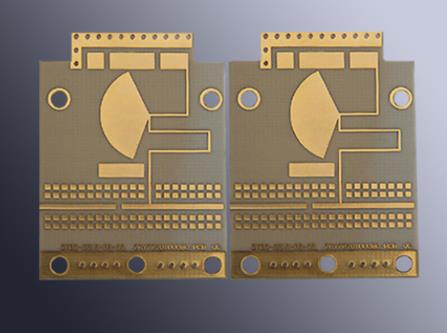Because the size variability of the plastic parts in the fr4 pcb manufacturing plant is often very large, the structural deformation, insufficient shrinkage or too large phenomenon will often occur when the injection molding is not paid attention to, resulting in the size exceeding the specification. Sometimes these problems clearly do not need to be paid attention to, but the designer will mark the tolerance very small in the dimension marking, and some will also be marked as key dimensions, Therefore, it is often necessary to pick up these out-of-gauge parts for actual assembly to confirm whether they can be used and whether there is any problem in function. Sometimes, it is also necessary to communicate with the design engineer about the dimensional tolerance. If there is enough time and ability, these problems should be raised at the stage of DFM review before mass production. However, due to the shorter and shorter pre-production operations for product launch, many people will ignore these pre-production operations intentionally or unintentionally on the pretext of time constraints, and turn into a war and go.

However, the problems of the size and structure of the plastics in the fr4 pcb manufacturing factory can be solved, because it is usually my (process/engineering) the final say whether to do it or not. Anyway, I still need to be responsible for the functional problems in the future. The most annoying problem is the appearance problem, because the external problems can be accepted by others. At this time, it is necessary to work with the quality control engineer to set standards. When there are plastic parts of different colors, use a color difference meter, Then measure what a, b, delta values and so on, but at the end of the day, it is just to judge with the naked eye. Look at it in the fluorescent lamp and the sun light to decide, because sometimes the difference between the values is very small, but it looks uncomfortable.
As for scratches and stains, their specifications will also be determined. The scratch will define how deep, how wide and how long the scratch is; If it is a stain, define the diameter, number and distance of the stain; The more troublesome part is the bite part. The bite problem usually occurs after the plastic is shot out for a period of time, and the pattern of the bite will gradually blur or fade. Generally, we will make a sample, and then sign the sample with the engineers of the relevant departments. When there is a problem, we will compare the sample with the sample.
At that time, there was an interesting question, that is, "burr" in English. I always wondered why the burr of metal parts was called burr, while the burr of plastic parts was called flash. I always thought flash meant flash, and should be used in metal burr? Later, a colleague told me that there was no metal or plastic processing in the beginning of human history. Burr originally meant "prickly fruit" in English, that is, plants have prickly fruit. Later, with the development of industry, metal processing products began to appear. When people found that metal objects have burrs similar to prickly fruit, they called the burrs on metal burr, and then plastic parts appeared. In order to distinguish the difference between the two, they called the burrs of plastic flash, which is the answer that others told me, I don't know if it is true.
Second Source import is an inevitable evil of production, and of course we should do it, but how to do it is the key point. In addition, the best time to import Second Source should be at the last trial production before the new product enters mass production, because: at this time, the product is almost at the mature stage, and there will be no major changes in design in principle. The second source part can obtain the same verification conditions as the primary source, and the comparison will not cause a huge difference. It is the most time-saving and labor-saving to complete the verification of the Second Source in the research and development stage, otherwise the person who takes over later may not know the problems encountered in the research and development, and may not know what key points need attention. In addition, the audit of Second Source suppliers is also a science, because if a supplier with quality control problems is selected, not only will all the benefits of Second Source be missed, but also may cause product quality problems and even affect the shipment. I will talk about this later when I have time. In addition to reviewing the quality, suppliers should also evaluate their technical capabilities. For circuit boards (PCBs), those suppliers can make fine spacing (3mil/3mil, 2mil/2mil), how many layers can be made, and HDI (High Density Interconnect) capabilities should be clearly recorded. Of course, even if most of the Second Source has been completed in the new product stage, there will still be some missed products, and sometimes it is difficult to say exactly when the manufacturer will end the production of a certain part, so the subsequent Second Source requirements will still appear from time to time, unless our fr4 pcb product is also finished.